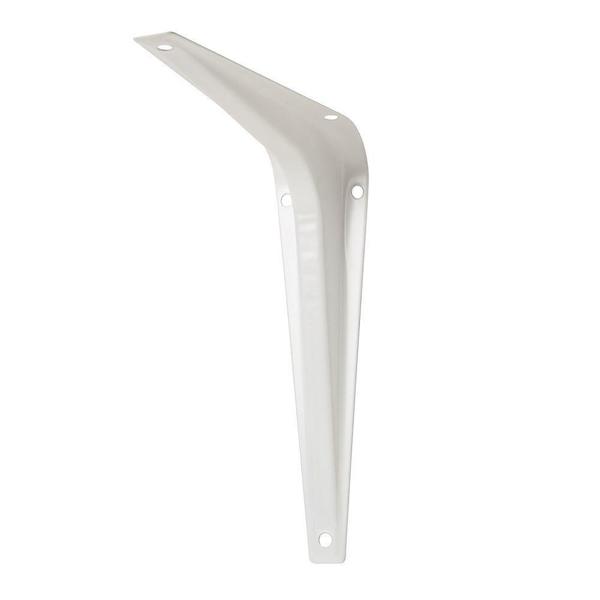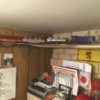Hi gang, I'm new to the forum and to model trains.
Some background..... I had model trains when I was young (I believe they were HO scale), but that was 35+ years ago. A couple of years ago my boys received a Lionel Scout O-gauge train set for Christmas from a relative. Now their inventory has grown to 3 engines and numerous cars.
I'm still learning about wiring a long layout (a lot to read, lol) and I assume the current 40w Lionel transformer will not be enough to run approximately 100ft of track. Will an 80w Lionel transformer be enough if I run buses and leads with say 14ga wire? I'm trying to limit the hit on our budget, but if an 80w won't be enough then I'll have to start finding deals quick to be able to afford a larger transformer. Two of the engines are newer (Scout and Chevy Bowtie Express) with one being older (1949 - model 1656).
With our limited space we have decided to go with a ceiling layout. I still have to buy a lot of track even with mixing Fastrack and O gauge. This project won't be started until spring but I wanted to get all of the planning and most purchasing out of the way while time/budget permits.
Thanks!
















